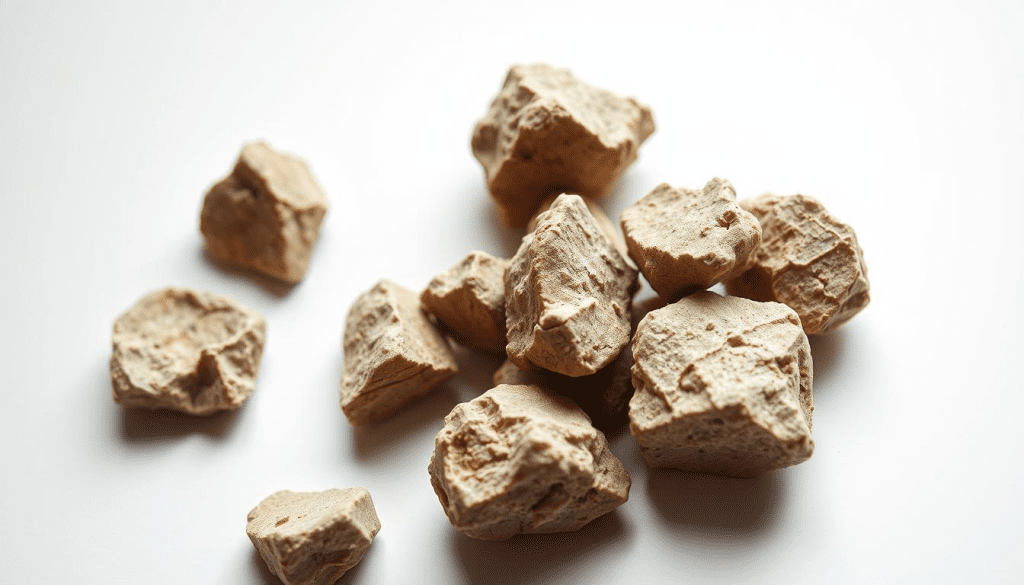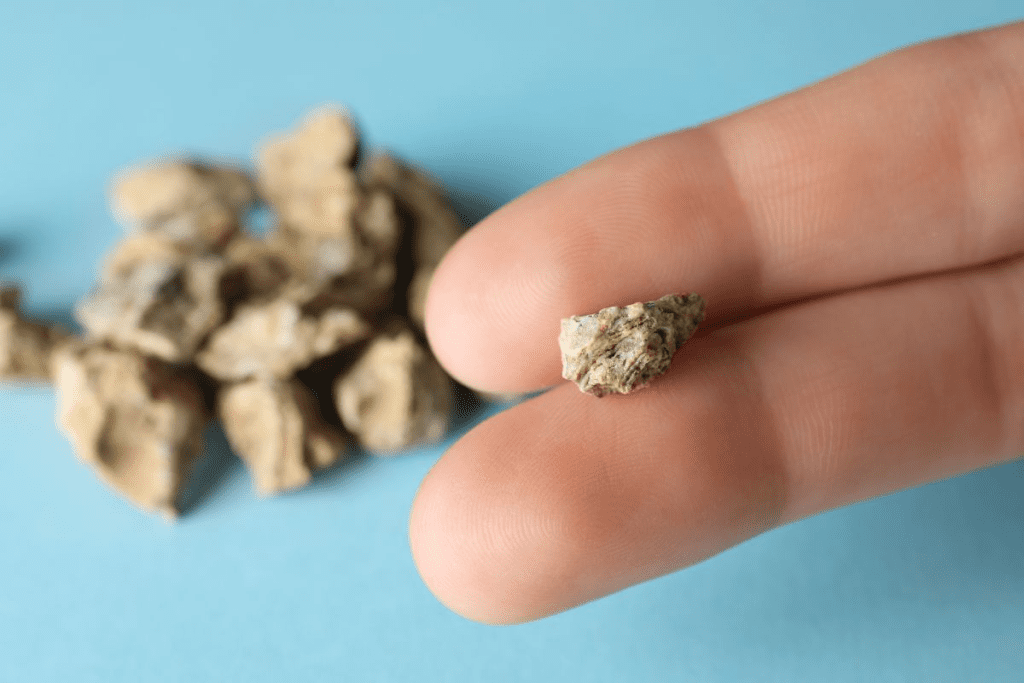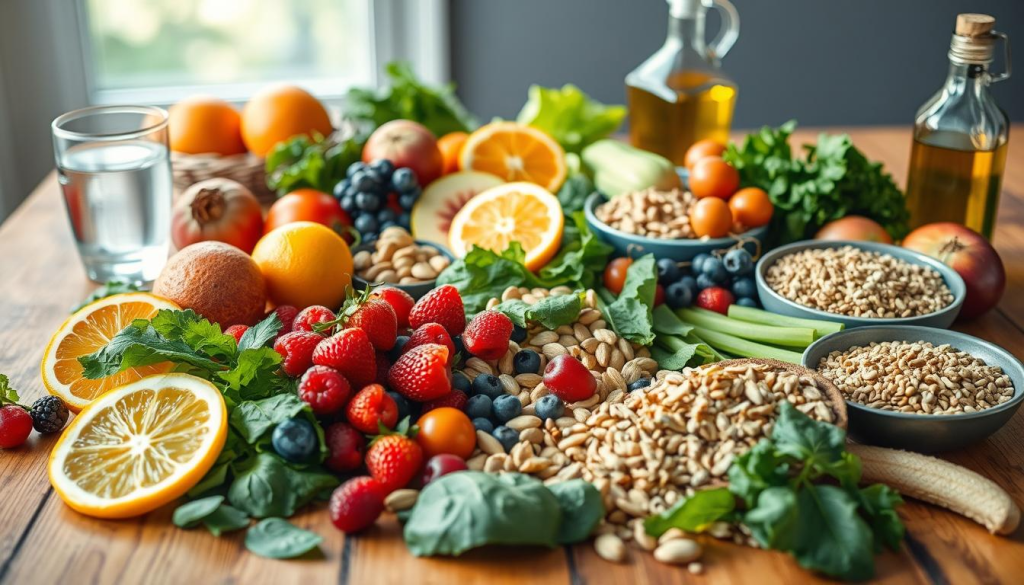Last Updated on November 25, 2025 by
Kidney stones, or nephrolithiasis, are clusters of crystals that form from minerals and other substances in your urinary tract. These stones can be very painful as they move through your system. They cause kidney stone symptoms that can be quite distressing.

While most stones pass out of your body in your urine on their own, the pain can be significant. Currently, there is no guaranteed permanent cure for kidney stones. But, advancements in medical technology have made treatment highly effective.
We understand that dealing with kidney stones can be challenging. Knowing what causes them is key. Our focus is on providing effective management and treatment options to alleviate your suffering.
Kidney stones, or nephrolithiasis, affect a lot of people worldwide. They cause a lot of pain and discomfort. It’s important to know about kidney stones and how common they are.
About 12% of the world’s population will get kidney stones at some point. This number can go up to 50% within five years. This shows how important it is to understand and prevent kidney stones.

Kidney stones are a big problem worldwide. Studies show that 12% of men and 6% of women will get a kidney stone in their lifetime. Also, about 50% of people will get another bato kidney stone within five years of the first one.
To diagnose kidney stones, doctors use physical exams, blood tests, urine tests, and imaging tests like CT scans. Sometimes, genetic testing is also done to see if you might be more likely to get them.
Key diagnostic steps include:
Kidney stones can be different types based on what they’re made of. The most common types are calcium oxalate stones, uric acid stones, struvite stones, and cystine stones. Each type forms in a different way, often because of what you eat, how much you drink, and your genes.
Calcium oxalate stones often happen because you don’t drink enough water, eat too many foods high in oxalate, or have certain health problems. Knowing what kind of bato kidney stone you have and how it forms is key to preventing them.
Even with new medical technology and understanding how stones form, preventing them completely is hard. Things like your genes, diet, and lifestyle choices all play a big role in getting kidney stones.
“The complexity of factors contributing to bato kidney stone formation makes prevention a multifaceted challenge.”
Preventing kidney stones often means changing your diet, drinking more water, and sometimes taking medicine. But how well these methods work can vary from person to person. This shows we need to find ways to prevent them that work for each individual.
Kidney stone treatment has many options, from simple to complex surgeries. The right treatment depends on the stone’s size, location, and type. It also depends on the patient’s health.
Shockwave lithotripsy is a non-surgical method. It uses shockwaves to break stones into smaller pieces. These pieces can then pass through urine.
This method works best for stones under 2 cm in size. It’s effective for stones in the kidney or upper ureter.
Benefits of shockwave lithotripsy include being non-invasive. It lowers the risk of complications. It also allows for faster recovery times compared to surgery.

Ureteroscopy uses a small scope passed through the urethra and bladder. It goes into the ureter to see the bato stone. Then, it can remove or break down the stone with laser lithotripsy.
This method is great for stones in the ureter. It’s used when shockwave lithotripsy isn’t an option.
Percutaneous nephrolithotomy (PCNL) is a surgery for big stones or blockages. It makes a small incision in the back. A nephroscope is inserted to reach the kidney.
PCNL is usually recommended for large stones or complex cases. Other treatments won’t work for these cases.
For those who often get kidney stones, a good prevention plan can help a lot. We know that stopping nephrolithiasis needs many steps. This includes changing your diet, drinking more water, taking medicine if needed, and making lifestyle changes.
Eating right is key to avoiding kidney bato stones. Adding more citrus fruits and juices to your diet is a good start. These foods are full of citrate, which helps prevent stones by binding with calcium in your urine.
It’s also important to eat a balanced diet that’s not too high in animal proteins, sodium, or foods rich in oxalate. These can raise your risk of getting certain types of bato kidney stones.
Try to limit foods high in oxalate, like spinach and beets, if you’re at risk for calcium oxalate stones. And don’t go too low on calcium, as very little can also increase your risk.

Drinking plenty of water is essential to prevent kidney stones. Water helps dilute your urine, making it less likely for bato stones to form. We suggest drinking enough water to make at least 2 liters of urine a day. Citrus drinks, like orange or grapefruit juice, can also help because of their citrate.
In some cases, doctors might prescribe medicine to stop kidney stones from coming back. Potassium citrate is often used to make your urine less acidic, which helps prevent stones. Diuretics might also be given to lower the concentration of substances that can form stones. We help find the right medicine for each patient based on their needs and stone type.
Changing your lifestyle is also important to lower your risk of getting kidney stones again. Keeping a healthy weight, managing your blood pressure, and reducing stress are all good steps. We suggest staying active and living a balanced life to help avoid kidney stone symptoms.
Knowing what causes bato kidney stones and making smart choices about your diet, hydration, and lifestyle can greatly reduce your risk. By following these prevention strategies, you can take steps to lower your risk of nephrolithiasis.
New technologies are changing how we treat kidney stones. These innovations are making patient care better and outcomes more positive. We’re seeing big steps forward in diagnosing, treating, and preventing nephrolithiasis disease.

AI is helping create personalized treatment plans for each patient. This lets doctors predict and prevent stone return. AI looks at patient data and history to find the best treatments, lowering stone risk.
Genetic testing is becoming key in finding who’s at risk for kidney stones. It spots genetic markers linked to nephrolithiasis disease. This lets doctors start early prevention, cutting down on stone cases and complications.
Special centers are using a multidisciplinary approach for kidney stone care. Urologists, radiologists, and others work together. This team effort ensures patients get the best care, tackling stones and underlying causes.
Knowing the symptoms and signs of kidney stones is key to managing them well. By understanding what causes these stones, people can take steps to avoid them.
At LIV Hospital, we focus on global excellence in healthcare. We use the latest methods and care to prevent stones and improve patient experiences.
Treatment and care for kidney stones can greatly improve health outcomes. Making dietary changes, drinking plenty of water, and changing lifestyle habits can lower the risk of stones.
Thanks to new medical tech and teamwork, we can create treatment plans that fit each patient’s needs. Together, we can help people manage their condition and live better lives.
Kidney stone symptoms can vary. But, common signs include severe pain in the side or back, below the ribs. Pain can also radiate to the lower abdomen or groin. Other symptoms include nausea, vomiting, and frequent or painful urination.
We use several tests to find kidney stones. These include CT scans, X-rays, and ultrasounds. We also do urine tests for blood or infection. Sometimes, a physical exam is needed to check symptoms.
Kidney stones come in different types. These include calcium stones, uric acid stones, struvite stones, and cystine stones. Each type has its own causes and risk factors.
We can’t promise complete prevention. But, we suggest ways to lower the risk. These include dietary changes, staying hydrated, and sometimes, medications.
We offer many treatment options for kidney stones. These include shockwave lithotripsy and ureteroscopy. We also have surgical options like percutaneous nephrolithotomy, depending on the stone’s size, location, and type.
To lower your risk, we recommend several lifestyle changes. Drink plenty of water, eat a balanced diet, and limit sodium intake. Also, manage any conditions that may lead to stone formation.
Yes, new treatments are emerging. These include AI-driven treatment plans and genetic testing. We also use a multidisciplinary approach at specialized centers to improve outcomes.
Yes, family history is not the only factor. Diet, hydration levels, and certain medical conditions also play a role. So, anyone can develop kidney stones.
Dietary changes can significantly reduce the risk of kidney stone recurrence. Making changes to manage calcium intake, oxalate consumption, and hydration is key.
Subscribe to our e-newsletter to stay informed about the latest innovations in the world of health and exclusive offers!